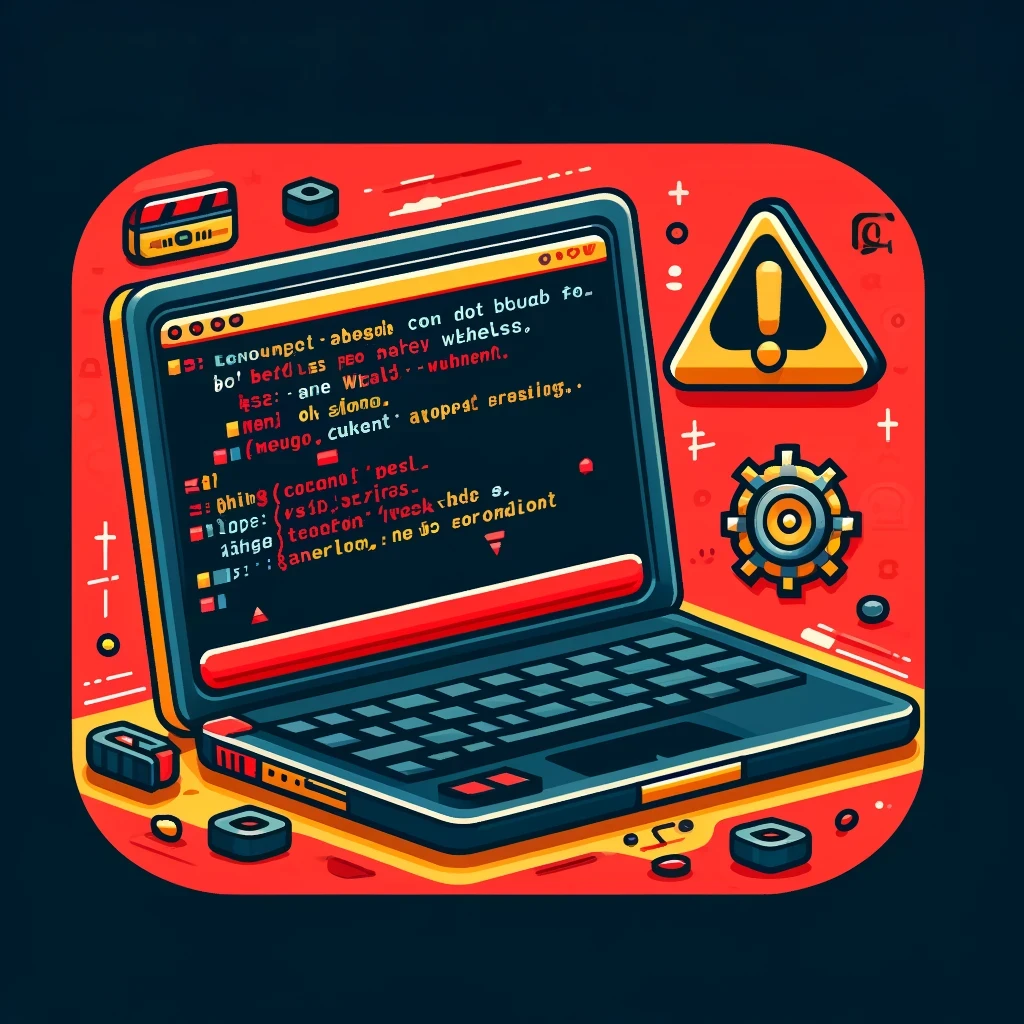
Table of Contents
Error: Could Not Build Wheels for Dlib
When attempting to install Python packages, encountering errors related to the building of wheels can be frustrating. This issue is particularly common with the package dlib, which is often used for its machine learning capabilities, particularly in the fields of computer vision and facial recognition. If you're seeing the error "could not build wheels for dlib," it likely means that your environment lacks the necessary tools or configurations to compile dlib from its source. This article will guide you through understanding the problem and provide step-by-step solutions.
Understanding the Error
The error message "could not build wheels for dlib, which is required to install pyproject.toml-based projects" typically appears during the installation process when pip tries to build dlib but fails. This can be due to several reasons:
- Missing Compiler:
dlibis a C++ library and requires a C++ compiler to be installed on your system. - Dependencies:
dlibhas specific dependencies that must be satisfied, such as CMake and a Python development kit. - Python Environment: Sometimes, the Python environment itself may lack necessary permissions or configurations.
Steps to Resolve the Error
Step 1: Install a C++ Compiler
Ensure that you have a C++ compiler installed on your system. For Windows, this often means installing Visual Studio with the C++ build tools. On macOS, you might need Xcode, and on Linux, you’ll need build-essential.
Step 2: Install CMake
dlib requires CMake to build from source. You can install CMake through your system's package manager:
- Windows: Download from the CMake website.
- macOS: Use Homebrew with the command
brew install cmake. - Linux: Use apt or yum (e.g.,
sudo apt install cmake).
Step 3: Install Python Development Headers
Depending on your Python version and system, you might need to install Python development headers.
- Windows: Typically included with your Python installation.
- macOS/Linux: Install using
apt install python3-devor a similar command.
Step 4: Install dlib
Once all dependencies are in place, try installing dlib again using pip:
bashCopy codepip install dlib
If the above command still fails, you can try building dlib from the source:
bashCopy codegit clone https://github.com/davisking/dlib.git
cd dlib
python setup.py install
Common Pitfalls
- Version Incompatibility: Ensure your Python version is compatible with the version of
dlibyou are trying to install. - Permission Issues: Running installation commands without sufficient permissions can lead to errors. Use
sudoon Linux/macOS if necessary.
Conclusion
Resolving the wheel build error for dlib generally involves ensuring that all required tools and libraries are installed and properly configured. By following the steps outlined above, you can successfully install dlib and move forward with your projects.
Visual Aid
For a clearer understanding, here's an image that visually summarizes the steps to resolve this error:
[Insert Image: Visual flowchart showing the troubleshooting steps for installing dlib]
By carefully following each step and ensuring your environment is correctly set up, you can overcome the challenges associated with installing complex Python libraries like dlib.








